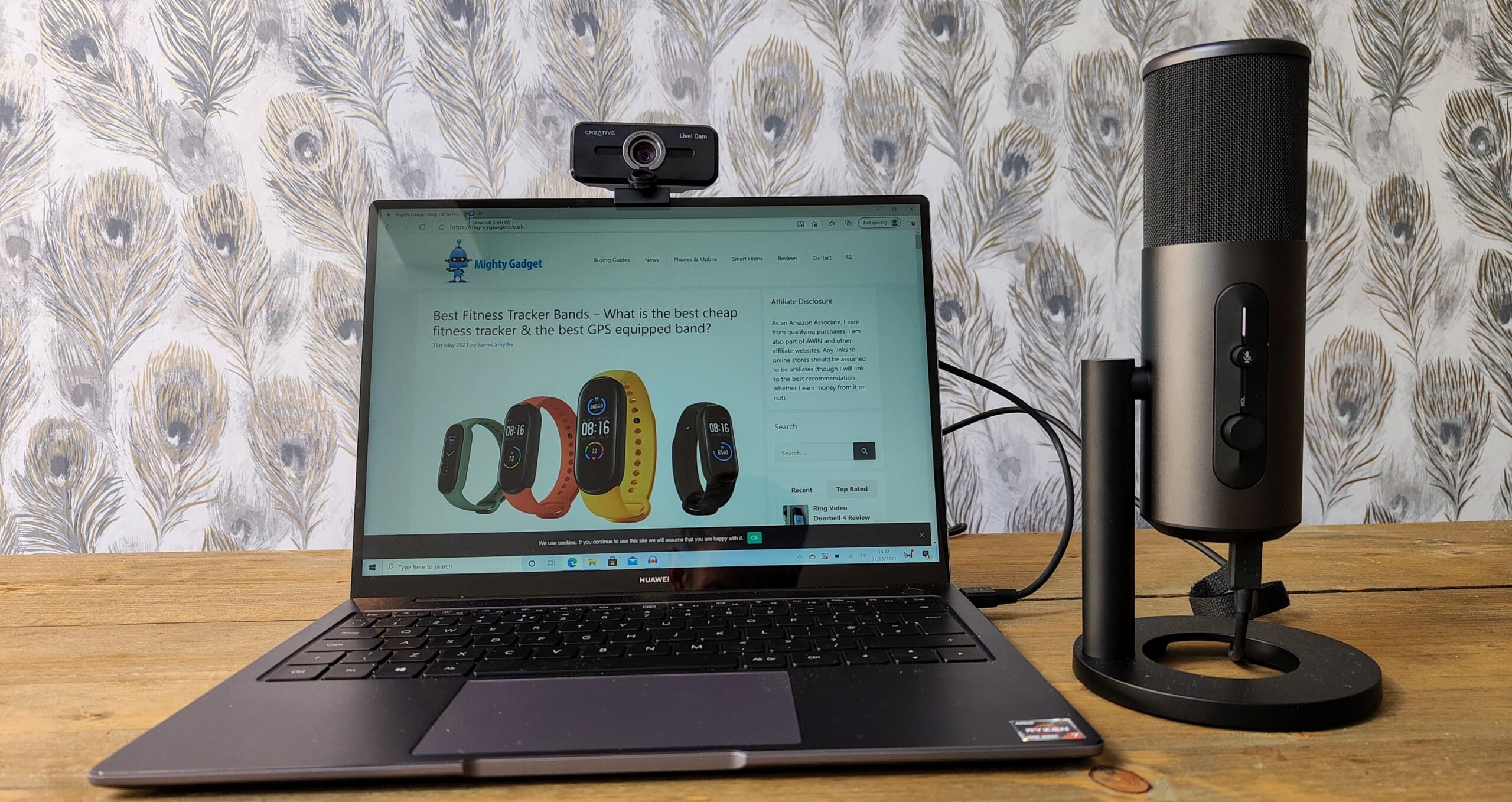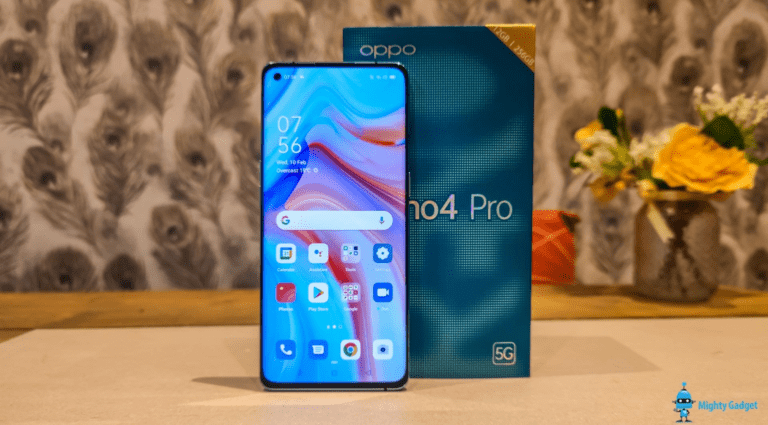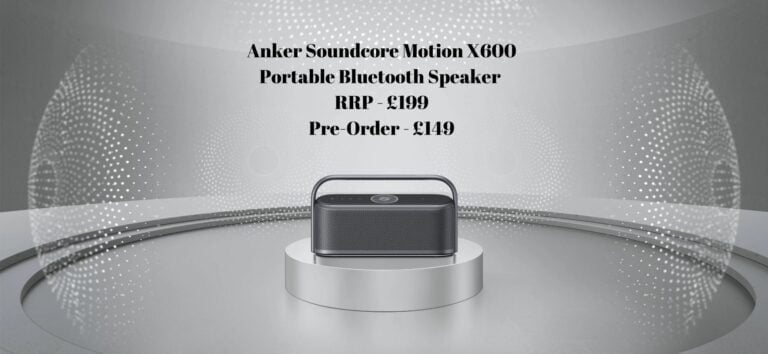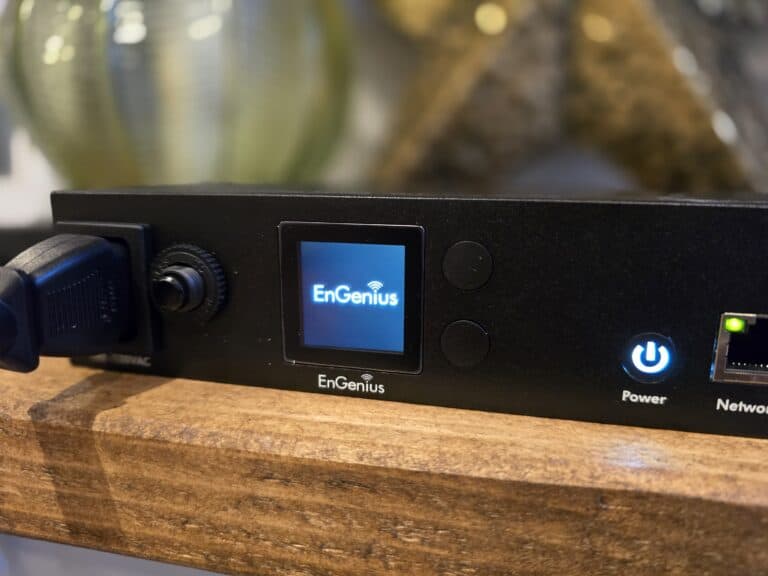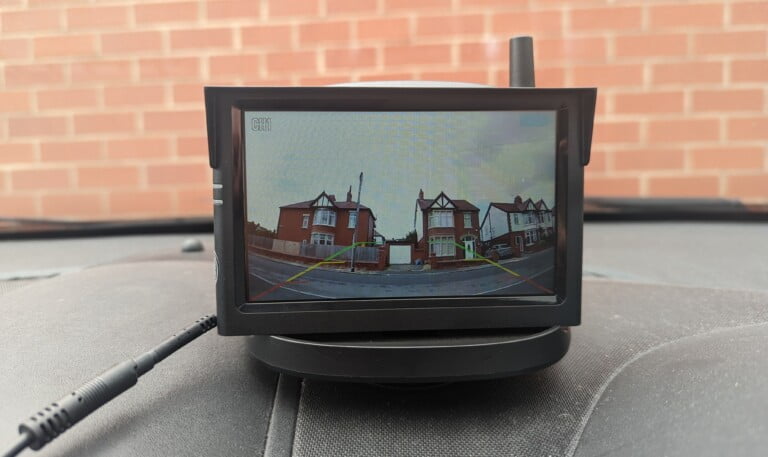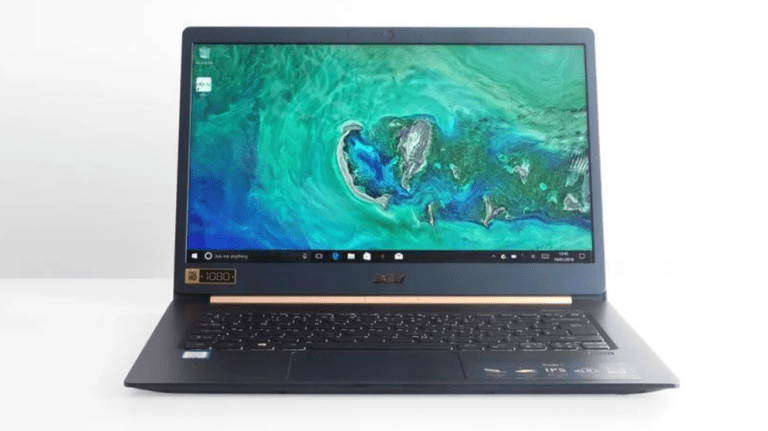Any links to online stores should be assumed to be affiliates. The company or PR agency provides all or most review samples. They have no control over my content, and I provide my honest opinion.
This article was originally published on Make the Sound Better. While I have updated most of the articles that have been transferred over, this article is mostly unedited.
Introduction to Mic Polar Patterns
When it comes to recording audio, selecting the right microphone can make all the difference. One crucial aspect of microphone selection is the polar pattern. A polar pattern is the directional sensitivity of a microphone, which determines how it captures sound from various angles. In this article, we’ll break down the top ten mic polar patterns and help you determine which one is right for your recording needs.
What is a Polar Pattern in Microphones?
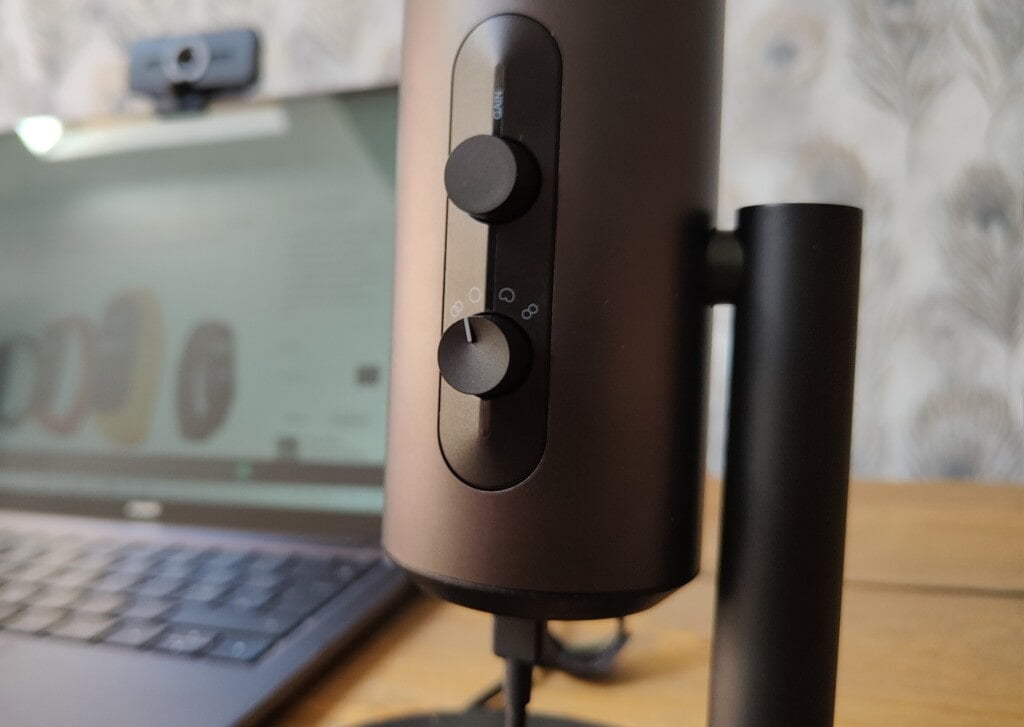
A polar pattern is a graphical representation of a microphone’s directional sensitivity. It displays how well the microphone can capture sound from various angles. The polar pattern of a microphone is determined by the microphone’s diaphragm and the construction of the microphone capsule. Each polar pattern has a unique sensitivity to sound waves from different directions.
10 Common Mic Polar Patterns
There are ten common microphone polar patterns: cardioid, supercardioid, hypercardioid, omnidirectional, bidirectional, shotgun, subcardioid, figure-8, wide-cardioid, and variable-pattern. These polar patterns are used in various applications, including studio recording, live events, broadcast, and film production.
Comparative Table
| Polar Pattern | Directional Sensitivity | Best Use Cases |
|---|---|---|
| Cardioid | Front-facing | Solo recording, Vocals, Podcasting |
| Supercardioid | Narrower front-facing | Live events, Field recording |
| Hypercardioid | Narrower front-facing | Live events, Field recording |
| Omnidirectional | 360-degree | Room recording, Choir, Orchestra |
| Bidirectional | Front and back-facing | Interview, Dialogue |
| Shotgun | Long and narrow front-facing | Film production, Live events |
| Subcardioid | Slightly wider than cardioid | Acoustic guitar, Drum overheads |
| Figure-8 | Front and back-facing, null at sides | Vocals, Piano, Guitar |
| Wide-cardioid | Wider than cardioid | Room recording, Choir, Orchestra |
| Variable-pattern | Adjustable directional sensitivity | Studio recording, Live events |
Cardioid Polar Pattern
The cardioid polar pattern is the most common polar pattern used in recording studios. It’s a front-facing polar pattern that captures sound from the front of the microphone while rejecting sound from the sides and rear. Cardioid microphones are ideal for solo recording, vocals, and podcasting, as they reduce background noise and focus on the sound source.
Supercardioid Polar Pattern
Supercardioid microphones have a narrower front-facing polar pattern than cardioid microphones. They capture sound from the front while rejecting sound from the sides and rear. Supercardioid microphones are ideal for live events and field recording, as they have a more directional pickup and can help reduce background noise.
Hypercardioid Polar Pattern
Hypercardioid microphones have a narrower front-facing polar pattern than supercardioid and cardioid microphones. They capture sound from the front while rejecting sound from the sides and rear. Hypercardioid microphones are ideal for live events and field recording, as they have an even more directional pickup and can help reduce background noise.
Omnidirectional Polar Pattern
Omnidirectional microphones capture sound from all directions equally. They’re ideal for room recording, capturing the sound of a choir or orchestra, and ambient sound recording. Omnidirectional microphones don’t have any directional sensitivity, making them less ideal for solo recording and podcasting.
Bidirectional Polar Pattern
Bidirectional microphones capture sound from the front and back while rejecting sound from the sides. They’re ideal for interview and dialogue recording, capturing two people talking face-to-face. Bidirectional microphones have a unique polar pattern that allows them to focus on the sound source while rejecting sound from unwanted directions.
Shotgun Polar Pattern
Shotgun microphones have a long and narrow front-facing polar pattern that captures sound from a specific direction while rejecting sound from unwanted directions. Shotgun microphones are commonly used in film production and live events, where the microphone needs to capture sound from a distance while rejecting background noise.
Subcardioid Polar Pattern
Subcardioid microphones have a slightly wider front-facing polar pattern than cardioid microphones. They’re ideal for recording acoustic guitar and drum overheads, as they capture more of the room’s sound than cardioid microphones, without capturing too much unwanted noise.
Figure-8 Polar Pattern
Figure-8 microphones capture sound from the front and back while rejecting sound from the sides. They’re ideal for recording duets, pianos, and guitars, as they capture both sound sources equally. Figure-8 microphones have a unique polar pattern that allows them to capture sound from two directions while rejecting sound from unwanted directions.
Which Polar Pattern is Right for You?
Selecting the right polar pattern depends on your recording needs. If you’re recording solo vocals or podcasting, a cardioid microphone is ideal. If you’re recording live events or field recording, a hypercardioid or shotgun microphone is ideal. If you’re recording a choir, orchestra, or room sound, an omnidirectional or wide-cardioid microphone is ideal. If you’re recording a duet, piano, or guitar, a figure-8 microphone is ideal.
Conclusion: Choosing the Best Mic Polar Pattern
Selecting the right microphone polar pattern can make all the difference in the quality of your recordings. Whether you’re recording solo vocals, live events, or a choir, there’s a polar pattern that’s ideal for your recording needs. Consider the directional sensitivity of each polar pattern when selecting a microphone for your recording needs, and you’ll be sure to capture high-quality sound every time.
I am James, a UK-based tech enthusiast and the Editor and Owner of Mighty Gadget, which I’ve proudly run since 2007. Passionate about all things technology, my expertise spans from computers and networking to mobile, wearables, and smart home devices.
As a fitness fanatic who loves running and cycling, I also have a keen interest in fitness-related technology, and I take every opportunity to cover this niche on my blog. My diverse interests allow me to bring a unique perspective to tech blogging, merging lifestyle, fitness, and the latest tech trends.
In my academic pursuits, I earned a BSc in Information Systems Design from UCLAN, before advancing my learning with a Master’s Degree in Computing. This advanced study also included Cisco CCNA accreditation, further demonstrating my commitment to understanding and staying ahead of the technology curve.
I’m proud to share that Vuelio has consistently ranked Mighty Gadget as one of the top technology blogs in the UK. With my dedication to technology and drive to share my insights, I aim to continue providing my readers with engaging and informative content.

